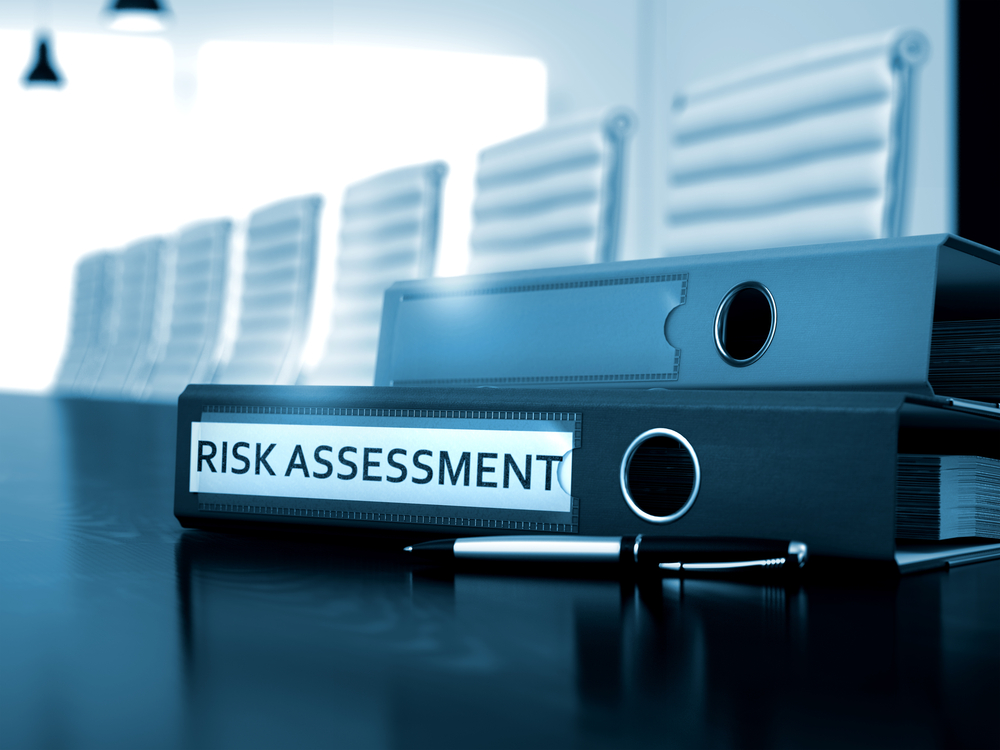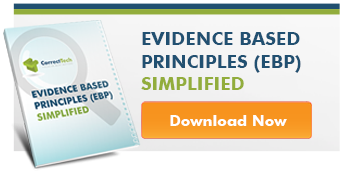Risk Assessment is Not the Same as Case Formulation
We would like to start with a story. Picture a courthouse in a struggling industrial town in Connecticut. The adult probation department is situated in the basement of this courthouse. We are beginning training with a new cohort of probation officers, teaching them how to incorporate forensic CBT techniques into their work. To start, one of the officers describes a current case and reviews the available assessment information. A quick review of the risk assessment reveals this is a high-risk case; a major area of concern is antisocial companions. We ask the officer to explain how friends and companions specifically influence criminal behavior for this justice-involved client (JIC). We get crickets! We ask, what role did friends play in the most recent offense? Again, an awkward silence permeates the room. While the officer certainly knows that antisocial companions is a risk factor for reoffending, she has not explored the nature of the JIC’s relationships and discussed with the JIC the specific role of companions in his offense history and daily routines. Unfortunately, this is a common training scenario when we begin.
Read More






